4 essential features of a point of sale system

Not so long ago, credit card terminals were little more than one-trick ponies. However, wireless technology and the global reach of the internet have changed everything.
Today’s point of sale solutions have evolved into powerhouses that can revolutionize virtually every one of your business operations.
Inventory management system.
Regardless of what you sell or the size of your company, control over your inventory is essential. The fact that just over six out of 10 retailers can say that they have a handle on their stock ordering and tracking means that numerous sellers are literally paying the price for inefficiency.
As it turns out, their customers are suffering as well. In the end, laxity in product management can lead to higher churn rate.
The magic comes from your point of sale system’s database function. Simply use your barcode scanner accessory to track the merchandise when it arrives at your warehouse, and the POS will then monitor it until it leaves in the hands of your customer.
As a result, you will always be able to use the POS’s reporting tools to track overall stock numbers. For even more value, configure it to send you alerts when inventory counts fall below a specific benchmark so that you never have disappointed customers.
When insights are accurate, you can make more intelligent decisions for your company. Knowing your present and estimated cash flow in accurate terms based on current data will enable you to succeed in your budget projections and upcoming marketing strategies.
The data is also a vital barometer that can enhance your ongoing product decisions.
Knowing the success of each type of item today will give you insights that enable you to make smart purchasing moves that are in line with customers’ demonstrated preferences.
Automated alerts can be your best friends as a retailer. Instead of needing to manually Since its numbers come from integrated data that flows directly into the system as soon as a purchase is made, you can rest assured that oversights will happen rarely if ever. As a result, you will always have plenty of your most popular items in stock.
Moreover, you can learn what is not selling and can decide how to react.
Sales reporting and analytics.
Just as a physician employs tools like blood pressure monitors and EKGs to get a snapshot of a patient’s physical well-being, your POS’s sales reporting and analytics tools allow you to gain accurate data about your company’s status, progress and overall health.
The versatility and customizability of these reporting functions make it possible for you to tailor the information your POS furnishes so that you can drill down on the specific details that you need to understand in real time.
With these reports in hand, you can make informed decisions about numerous aspects of your check quantities or rely on input from busy staff members who are prone to making mistakes, your POS can be set up to let you know.
daily operations. Instead of making educated guesses, you will understand your sales and come up with laser-focused inventory ordering and reordering strategies.
Additionally, you will be able to charge prices that are fair to customers while still enabling you to make a profit. When the time arrives to come up with your next advertising campaigns, you can look back to see what has been the most effective in the past and which strategies performed poorly so that you allocate your financial resources with maximum clout.
In addition to your own sales and marketing histories, the POS’s analytics tools can examine industry-wide trends as well.
When you use these tools to the fullest, you can avoid making costly purchasing mistakes while being able to capitalize on resolving buyer pain points and being one of the first among your contemporaries to stock what everyone wants the most.
The idea of automated sales reporting and analytics via your POS sounds great, but does it actually work?
Statistics indicate that the answer is a resounding “yes.” As it turns out, companies that integrate these reports into their operations get almost 25% more new customers, one of the most sought-after metrics of all.
While sales reporting and analytics are powerful for gathering real-time data, their benefits don’t stop there. In addition, they can play a crucial role in helping companies to make accurate projections for the future using data-driven metrics. Unlike subjective forecasting that can be emotionally-based and prone to user bias, these quantitative metrics present an accurate picture of stock counts, sales, and buying trends that assist in mapping out the road to future profits while avoiding some of the pitfalls that may have been problems in the past.
Customer relationship management.
Buyers are looking for a personalized experience throughout their shopping journey. Your POS has the customer relationship management tools that can transform their experience from bland and generic to customized. No wonder that businesses using CRM software realize conversion rates that are up to 300% higher.
CRM tools enable you to collect and use numerous pieces of important data about your patrons — with their permission, of course.
Now that your POS can be used to store and aggregate these details to maximum effect, your loyalty programs and targeted emails can pack a wallop with buyers and help to create a special, one-on-one relationship with each person that leads to higher retention and sales.
Customers gain an affinity with a brand when they feel like part of the team. Thanks to your POS, you can dazzle buyers with personalized offers that take their interests and buying histories into account.
Make them feel even more cared about by recognizing milestones and sending loyalty rewards, and you can look forward to a long, rich relationship that translates into increased sales and even referrals.
Your CRM software helps to ensure that your brand holds a positive place in your loyal customers’ minds.
After all, you are not just getting in touch to convey transactional information such as invoices and delivery dates; you are fostering a genuine relationship made possible through personal details and curated content that is tailored specifically to them.
Nurturing this friendly rapport means that you will be more likely to successfully work through any problems or concerns that might arise.
Happy customers tend to spread the word about companies they like to their family and social contacts. Taking the time to launch and grow a warm rapport not only leads to a better relationship with that individual but it also increases the likelihood that you will gain additional buyers who are already primed to like your business.
Straightforward invoicing systems.
Successfully administering an average of 500 invoices represents a challenge for most smaller companies, particularly if their staff is attempting to perform the task manually.
Placing this vital task in the capable virtual hands of a POS will go a long way toward minimizing errors, maximizing security, and allowing managers to make the most of their human resources.
The seconds and often minutes during which the actual purchase takes place can either lead to frustration and inefficiency or speed, security and client happiness.
With its integrated features, multiple ways to pay, focus on data security and accurate recording for both you and your customers, your POS streamlines buying. In the end, all of the parties involved benefit.
When billing mistakes occur, correcting them leads to the need to use added staff resources. There are also times when you must work hard to smooth over any negative customer reactions and feedback.
Your POS’s automated invoicing tools, particularly when they interface with your third-party accounting software, drastically reduce the possibility of errors, leading to a more positive client experience.
Bills that are easy to read and accurate provide your business with credibility that inspires long-term trust. Readily retrievable purchasing records can also be crucial in helping to review histories and resolve misunderstandings.
No longer do you need to keep track of paper records when you use your POS and integrate it with invoicing systems. Instead, everything is securely stored in the cloud, organized for easy retrieval for tax preparation or during any other time of the year.
Embed This Infographic
Copy and paste the code below to get this infographic onto your website or blog.
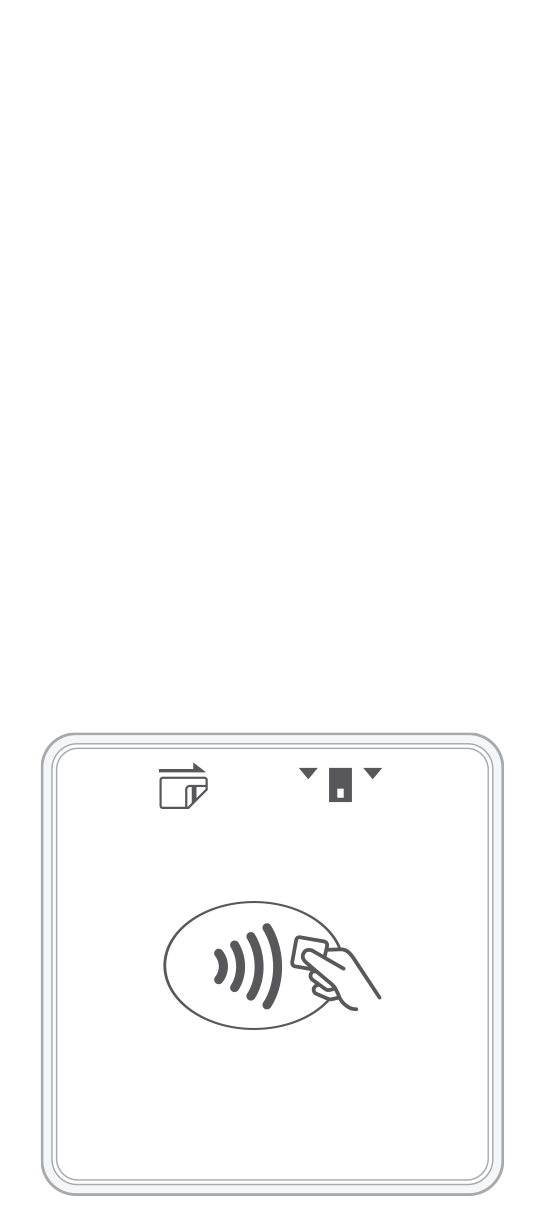 3-in-1 Reader |  Terminal | 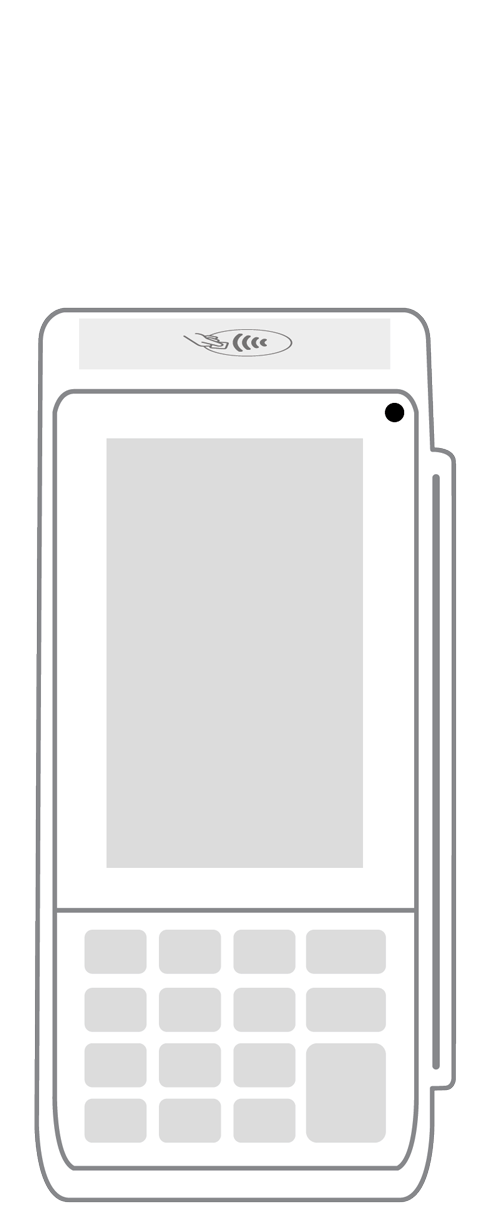 Keypad | 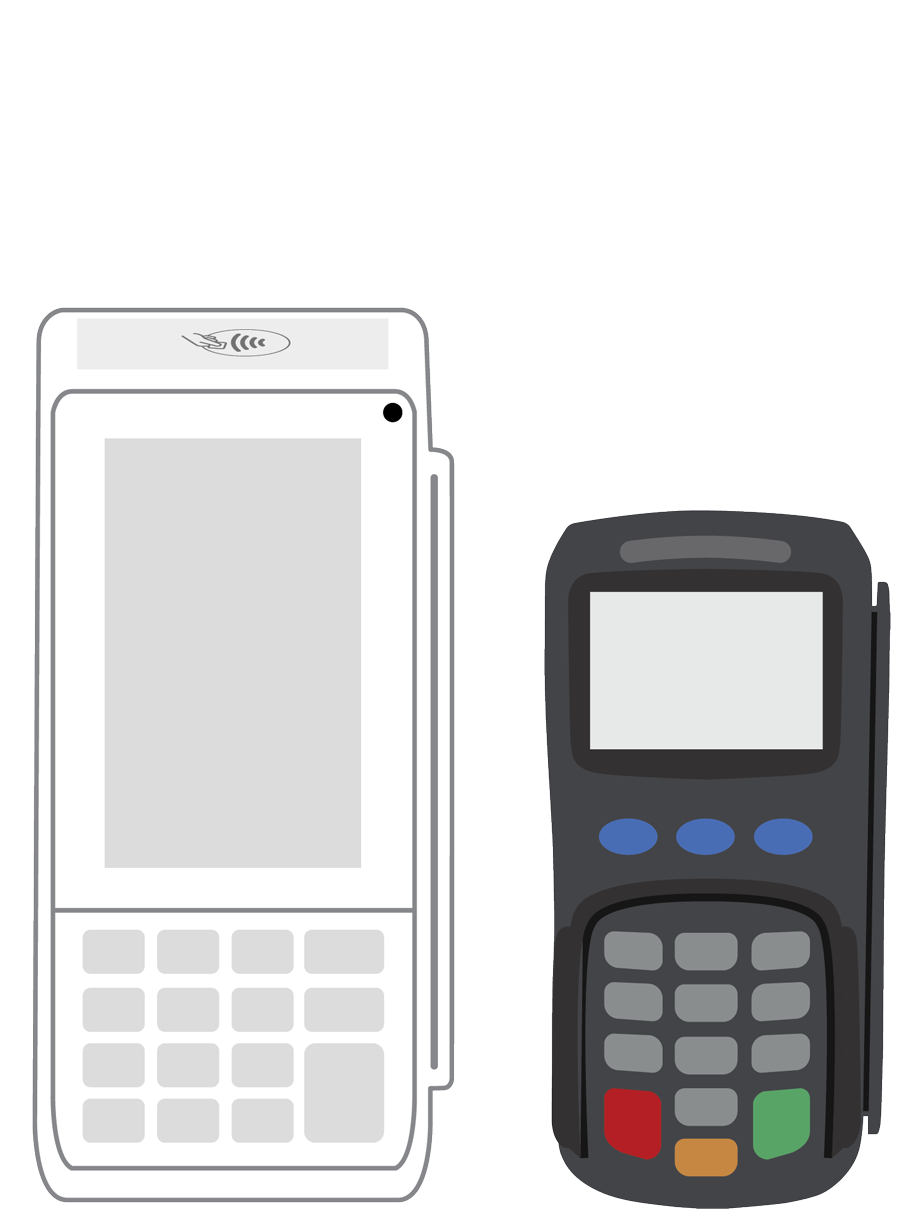 PINPad Pro | 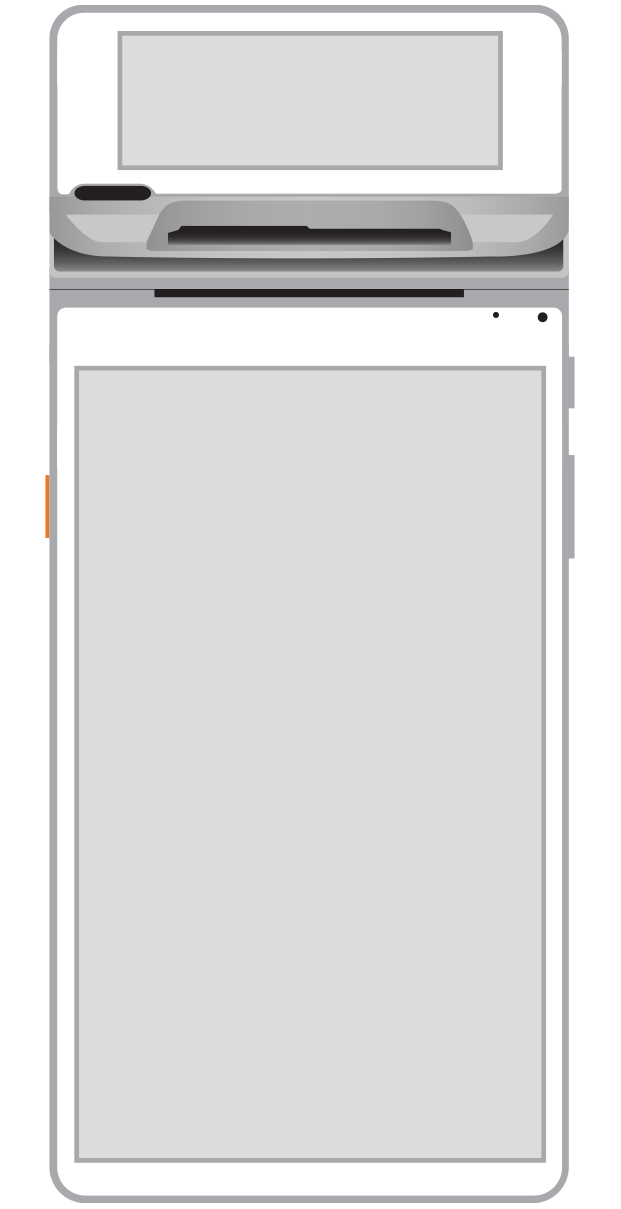 Flex | 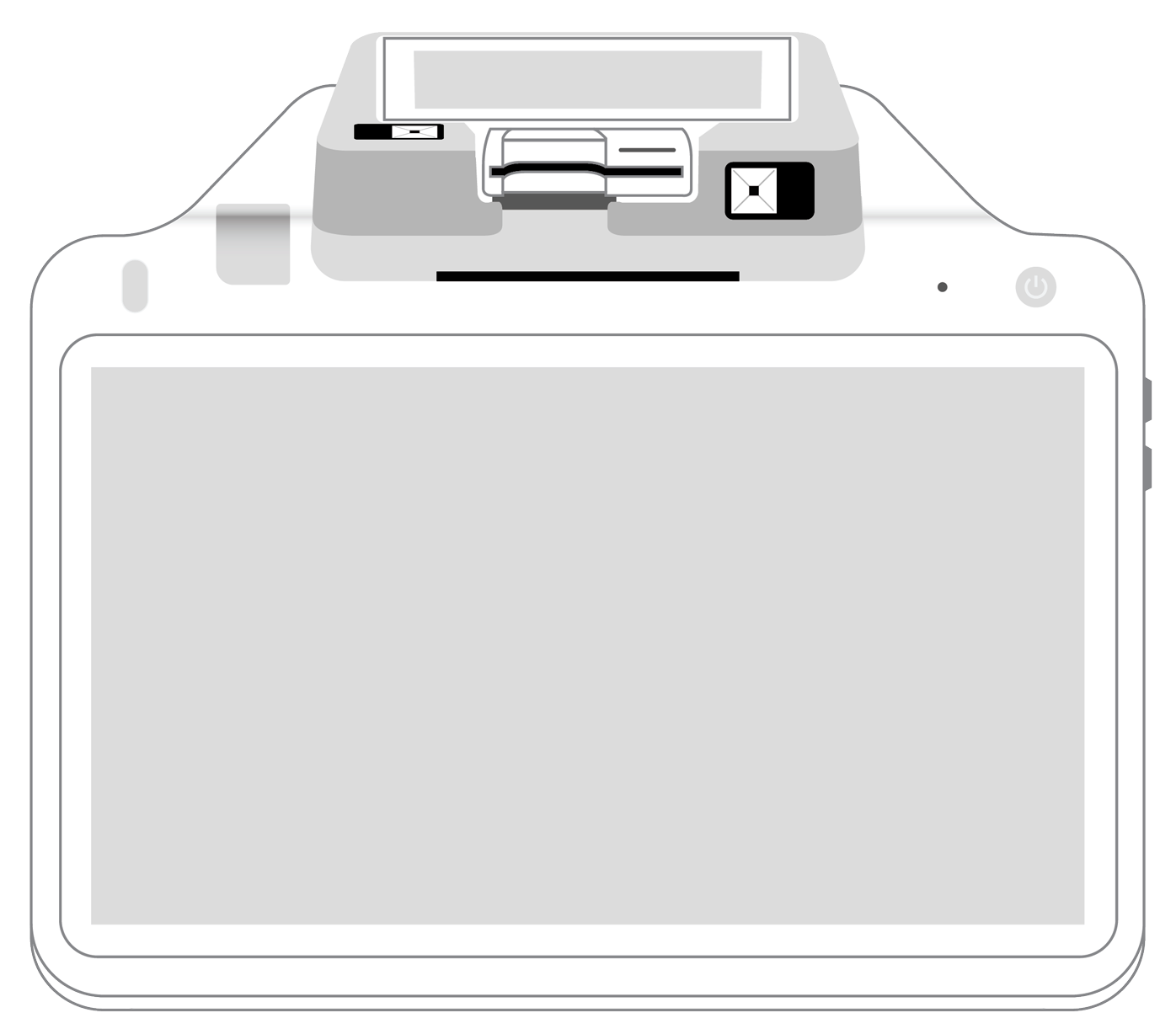 POS+ | |
|---|---|---|---|---|---|---|
Payment types | ||||||
EMV chip card payments (dip) | ||||||
Contactless payments (tap) | ||||||
Magstripe payments (swipe) | ||||||
PIN debit + EBT | ||||||
Device features | ||||||
Built-in barcode scanner | ||||||
Built-in receipt printer | ||||||
Customer-facing second screen | ||||||
External pinpad | ||||||
Wireless use | ||||||
Network | ||||||
Ethernet connectivity | With dock | |||||
Wifi connectivity | ||||||
4G connectivity | ||||||
Pricing | ||||||
Free Placement | ||||||